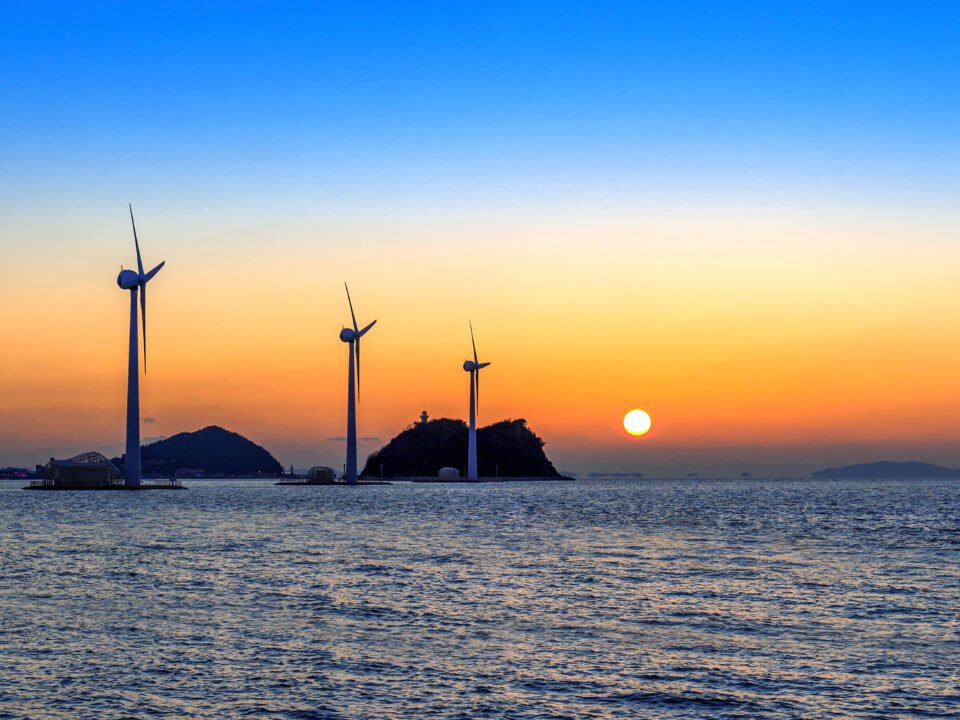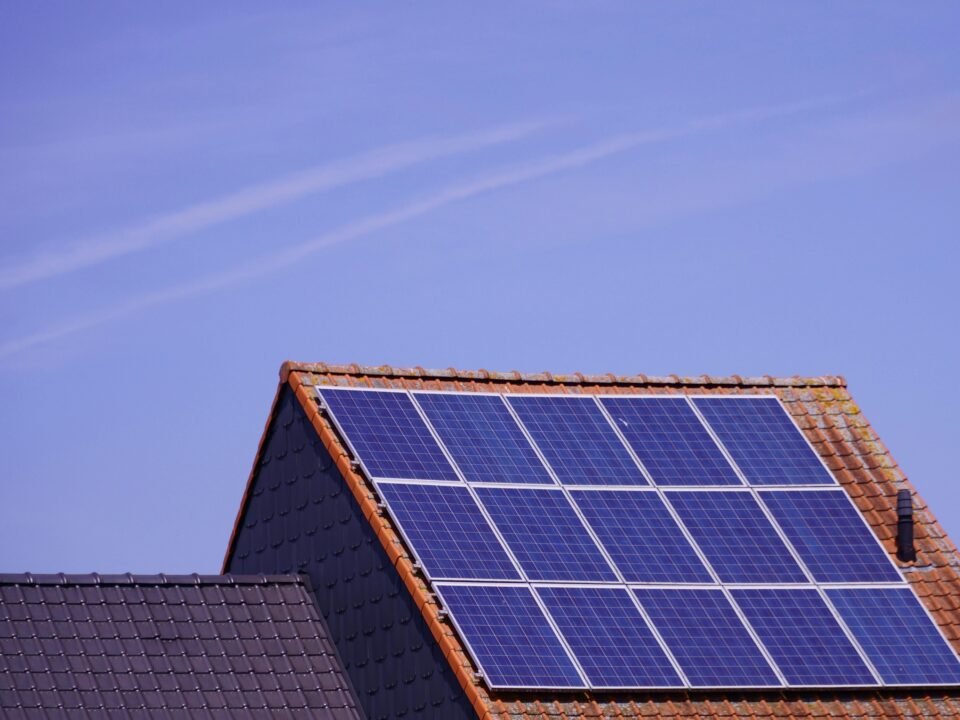Introduction
As the world faces a growing demand for cleaner, more sustainable power sources, nonconventional energy has emerged as a key solution to meeting global energy needs. Unlike traditional fossil fuels, which are finite and environmentally damaging, nonconventional energy sources offer a greener, more resilient approach to powering homes, businesses, and industries. These include solar, wind, geothermal, tidal, biomass, and other innovative technologies that are transforming how electricity is generated and distributed across the globe.
In this blog, we will explore how nonconventional energy is reshaping the global energy grid, the technologies leading this revolution, and the challenges and opportunities that come with integrating these sources into existing infrastructure.
What Is Nonconventional Energy?
Nonconventional energy refers to energy derived from sources that are renewable, sustainable, and often less environmentally harmful than conventional sources such as coal, oil, or natural gas. While conventional energy relies on combustion and finite resources, nonconventional sources utilize naturally replenishing resources like sunlight, wind, ocean tides, and geothermal heat.
Key types of nonconventional energy include:
- Solar Power: Converts sunlight into electricity using photovoltaic (PV) cells or solar thermal systems.
- Wind Energy: Uses wind turbines to generate electricity.
- Hydropower: Especially small-scale or tidal, unlike large dams traditionally used.
- Biomass Energy: Uses organic material for fuel.
- Geothermal Energy: Extracts heat from beneath the Earth’s surface.
- Ocean and Tidal Energy: Harnesses kinetic and thermal energy from oceans.
These sources are gaining traction due to their lower environmental impact and potential for infinite supply.
Why the Shift to Nonconventional Energy?
1. Environmental Concerns
Global warming, pollution, and habitat destruction are leading factors behind the shift from conventional to nonconventional energy. Burning fossil fuels releases greenhouse gases like CO₂, contributing to climate change. In contrast, nonconventional energy emits little to no greenhouse gases during production.
2. Energy Security
Many nations are heavily dependent on fossil fuel imports. Developing nonconventional energy infrastructure reduces this dependency and enhances energy sovereignty. Countries can harness local natural resources to produce electricity, reducing geopolitical risk.
3. Economic Opportunity
Nonconventional energy creates jobs, encourages innovation, and attracts investment. According to the International Renewable Energy Agency (IRENA), the global renewable energy sector employed over 12 million people in 2022. As technologies become cheaper and more efficient, the economic case grows stronger.
Technological Innovations Driving Change
Technological advancements have made nonconventional energy more affordable, efficient, and scalable.
– Advanced Solar Panels
Modern PV panels offer higher efficiency and durability. Innovations like solar skins and building-integrated photovoltaics (BIPV) allow seamless integration into architecture.
– Wind Turbines with AI Optimization
Smart wind turbines use sensors and artificial intelligence to adjust blade angles for maximum efficiency depending on wind speed and direction.
– Battery Storage Systems
Energy storage is vital for intermittent sources like wind and solar. Lithium-ion, flow batteries, and emerging technologies like solid-state batteries enable power to be stored and used when needed, ensuring a reliable grid.
– Smart Grid Integration
Smart grids allow for real-time monitoring and adaptive distribution of electricity. They enable a two-way flow of electricity and information, making it easier to manage supply from multiple nonconventional sources.
How Nonconventional Energy Is Changing the Global Grid
1. Decentralization of Power Production
Traditionally, electricity has been generated in centralized plants and transmitted across long distances. Nonconventional energy encourages distributed generation, where homes, businesses, and communities generate their own power through rooftop solar, small wind turbines, or microgrids. This reduces transmission losses and increases resilience.
2. Grid Flexibility and Modernization
The variability of nonconventional energy (like solar not working at night) requires a more flexible grid. Smart grids and advanced demand-response systems help balance supply and demand dynamically, using digital controls and AI.
3. Cross-Border Collaboration
Countries are building international energy corridors that rely on nonconventional energy. For example, the African Renewable Energy Initiative supports cross-border grids powered by wind and solar. Europe’s supergrid vision also aims to link solar-rich Southern Europe with wind-rich Northern regions.
4. Carbon Neutrality Goals
Many nations have pledged to reach net-zero emissions by mid-century. This goal is unattainable without a drastic shift to nonconventional energy. National grids are being redesigned with renewables as the backbone rather than the supplement.
Challenges of Integrating Nonconventional Energy
Despite the benefits, several challenges must be overcome:
- Intermittency: Solar and wind power depend on weather and time of day.
- Storage Limitations: Current battery technologies are still expensive and have limited capacity.
- Infrastructure: Aging grids in many countries require major upgrades to handle distributed and variable inputs.
- Regulatory Hurdles: Policies, subsidies, and grid access regulations often lag behind technological advances.
- Initial Costs: Though decreasing, installation costs for solar farms or offshore wind parks can be high upfront.
Governments, businesses, and research institutions are actively working on solutions, including improved forecasting, hybrid systems (like solar-wind combos), and next-generation storage technologies.
The Future of Nonconventional Energy
The trajectory is clear: nonconventional energy will dominate the global grid in the coming decades. The International Energy Agency (IEA) predicts that renewables will account for nearly 90% of new power capacity additions worldwide by 2030.
Emerging innovations like hydrogen fuel cells, space-based solar power, and ocean thermal energy conversion (OTEC) could further expand the possibilities. Investments in green hydrogen, especially, are expected to play a key role in decarbonizing industries and providing long-term storage solutions.
Moreover, as more consumers become “prosumers” (producers + consumers), energy markets will transform into dynamic, participatory ecosystems where energy flows both ways and consumers play an active role in balancing the grid.
Conclusion
Nonconventional energy is not just an alternative—it’s the future of global power systems. It offers an environmentally sustainable, economically viable, and technologically advanced path forward. As innovations accelerate and costs decline, integrating nonconventional sources into the global grid will unlock a new era of energy resilience and climate responsibility.
The shift may be challenging, but the benefits far outweigh the obstacles. Governments, businesses, and individuals all have a role to play in supporting the transition to a cleaner, more equitable energy future.



